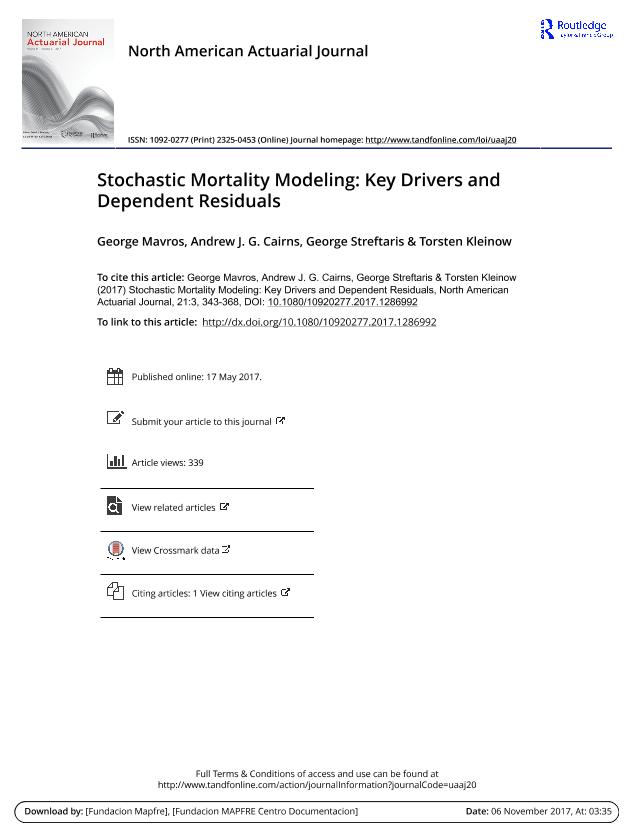Otras clasificaciones: 6
Stochastic mortality modeling : key drivers and dependent residuals

Contenido multimedia no disponible por derechos de autor o por acceso restringido. Contacte con la institución para más información.
Otras clasificaciones: 6

